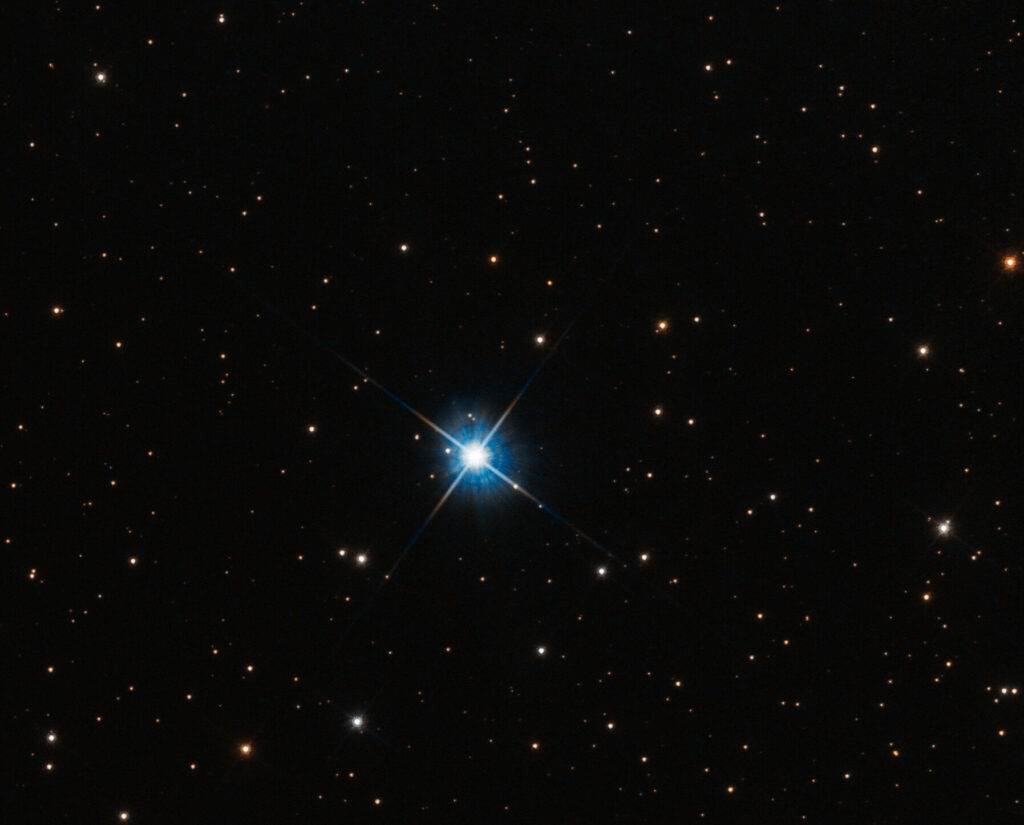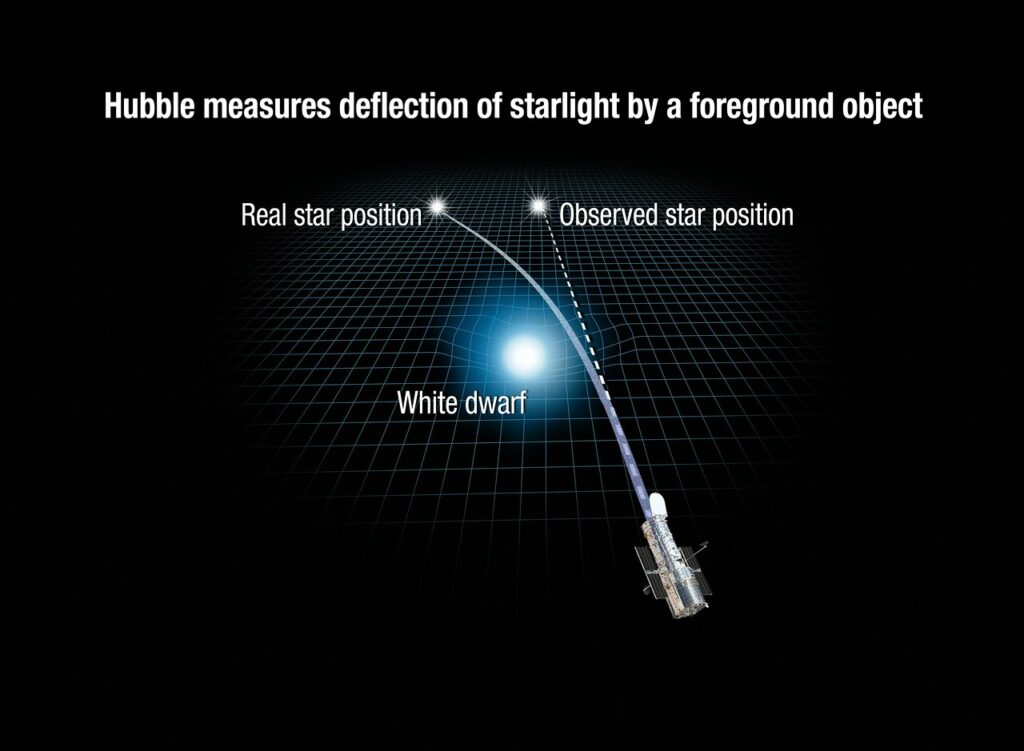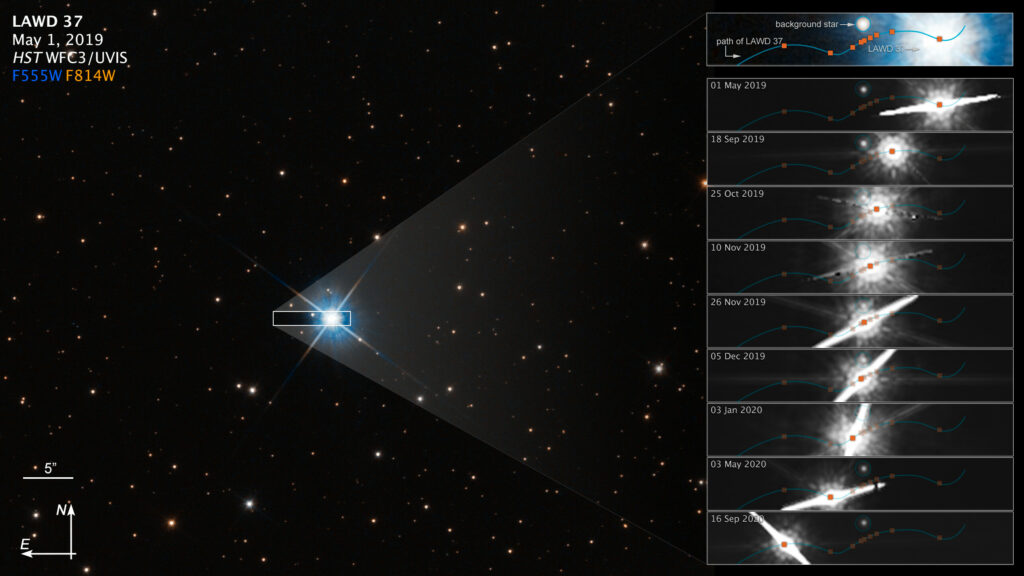The Hubble Space Telescope was able to determine for the first time the mass of a single white dwarf LAWD 37. The measurement results are consistent with theoretical models describing the origin of such bodies.
How to determine the mass of a white dwarf
White dwarfs are the final stage of the life cycle of luminaries which mass is insufficient for their transformation into a neutron star or a black hole (this is about 97% of the total stellar population of the Milky Way). Simply put, they are stellar cores in which all thermonuclear reactions have stopped. These are compact and very dense objects that, with similar dimensions to the Earth, have masses comparable to the mass of the Sun. White dwarfs are mainly composed of elements such as carbon, oxygen, helium and neon, and have extremely low luminosity.

Until recently, all measurements of the masses of white dwarfs were based on the results of observations of binary systems. The fact is that when a celestial body is gravitationally bound to another object, it is quite easy for astronomers to determine its mass using the laws of classical mechanics. However, if we are talking about a single white dwarf like LAWD 37, the task becomes noticeably more complicated.
Nevertheless, astronomers have found a way out of the situation. They used a method known as gravitational microlensing.
Gravitational microlensing
Microlensing events occur when a distant background star and a closer object line up in relation to the Earth. In this case, the gravity of a closer body acts as a lens, amplifying the light of a more distant star. By determining the degree of this gain, astronomers can calculate the mass of the gravitational lens.

The main difficulty with using this method is that microlensing events are quite rare and require very accurate data on the movement of stars. Therefore, the researchers used the data collected by the Gaia telescope. Their analysis made it possible to predict a microlensing event for a single white dwarf, LAWD 37, located at a distance of 15 light-years from Earth. It was supposed to take place in November 2019.
The next problem was that the apparent brightness of LAWD 37 is four hundred times the brightness of the background star. Therefore, in order to isolate the increase in brightness caused by microlensing, astronomers had to use the Hubble Space Telescope. It managed to cope with the task. During the subsequent analysis of the images taken by the observatory, astronomers find that the mass of the white dwarf is 56% of the mass of the Sun, which is in good agreement with modern theoretical models.

According to the team of researchers, they are not going to stop there. So, in 2022, the James Webb Telescope observed a microlensing event involving another white dwarf, LAWD 66. The next such observations are planned for 2024.
You can also read about how astronomers find a rare system consisting of a white and a brown dwarf.
According to https://esahubble.org
Follow us on Twitter to get the most interesting space news in time
https://twitter.com/ust_magazine

